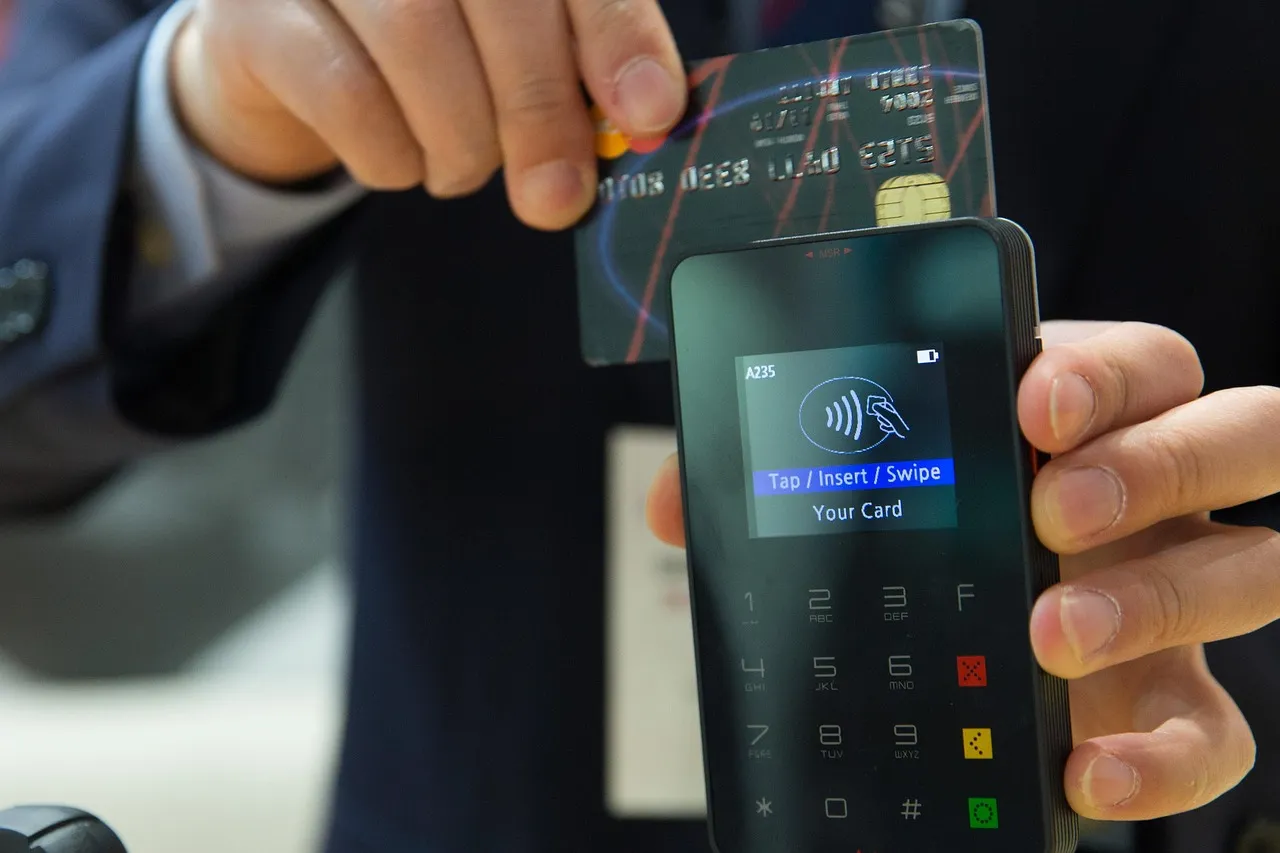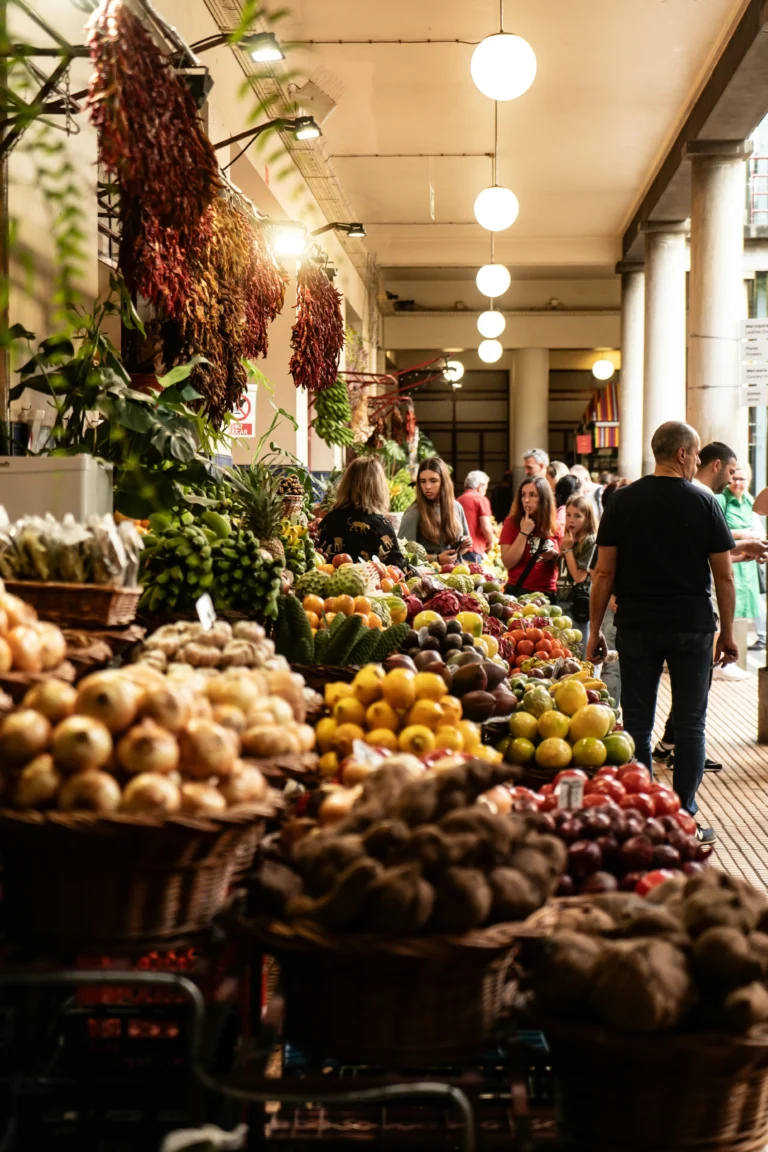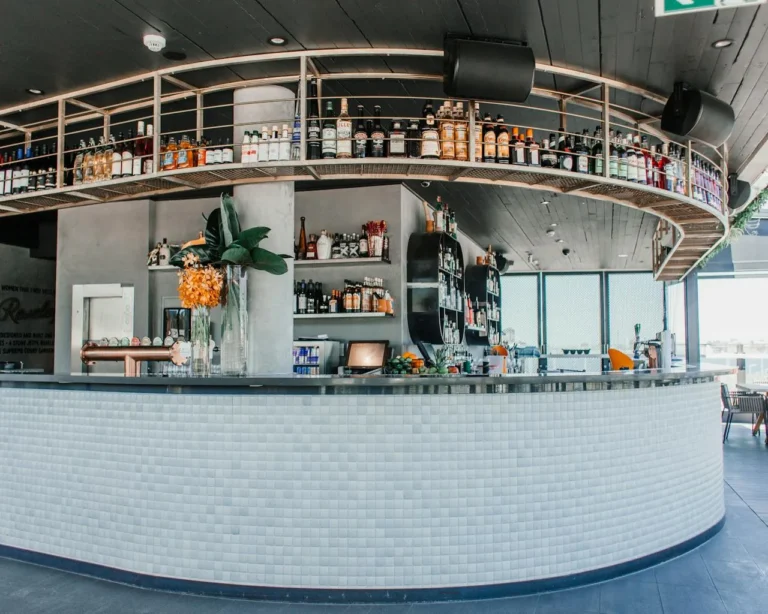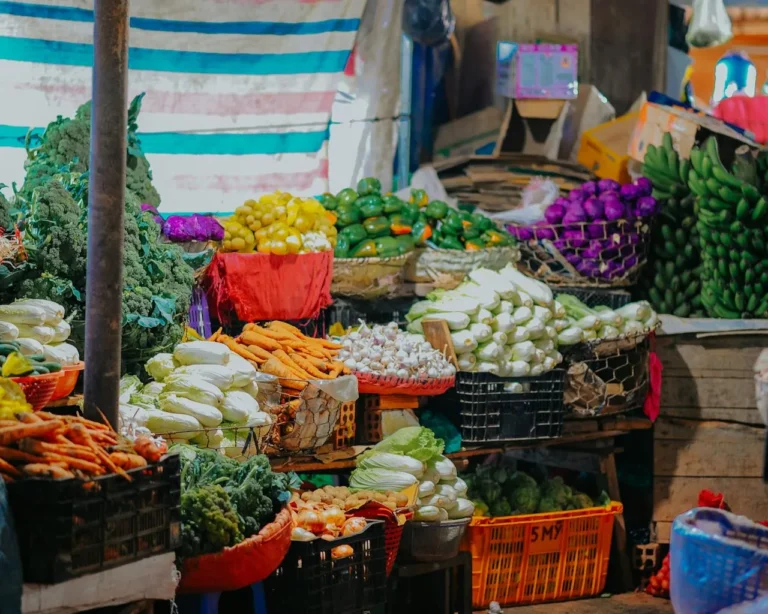
South African E-Commerce Market Set to Reach $74.79 Billion by 2033
The South African e-commerce sector is poised for remarkable growth, with market projections indicating an increase from $35.23 billion in 2024 to a staggering $74.79 billion by 2033. This growth reflects a compound annual growth rate (CAGR) of 8.79% from 2025 to 2033, driven by advancements in internet connectivity, the surge in mobile commerce, and the increasing consumer confidence in online shopping.
Market Insights and Key Trends
The South African e-commerce market spans various product categories, including apparel and accessories, health and personal care, and consumer electronics. As digital transactions become more prevalent, payment solutions have also evolved, with digital wallets, credit and debit cards, and Buy Now Pay Later (BNPL) solutions gaining traction.
A key component of market analysis is the assessment of operational strategies and financial performance among major e-commerce players, offering valuable insights into the competitive landscape. The sector continues to attract investments, fostering technological innovations and expanding consumer engagement.
Factors Driving E-Commerce Expansion
The rapid increase in internet and mobile device usage plays a central role in the expansion of South Africa’s e-commerce industry. With growing smartphone penetration, consumers can now shop conveniently from anywhere, fueling online transactions. The adoption of digital payment solutions has also played a significant role in market acceleration, offering seamless and secure transactions that enhance consumer confidence.
Additionally, changing consumer behaviors have contributed to the e-commerce boom. Shoppers increasingly prioritize convenience, competitive pricing, and a wider variety of products available online. Enhanced shopping experiences, including personalized recommendations and faster checkout processes, further strengthen consumer engagement.
Challenges Hindering Market Growth
Despite the positive outlook, several obstacles continue to challenge the South African e-commerce infrastructure. Logistics and delivery services, particularly in rural and underdeveloped areas, remain a significant hurdle. The inefficiencies in last-mile delivery impact customer satisfaction and limit e-commerce reach beyond urban centers.
Security concerns surrounding online payments also pose a challenge. Cybersecurity threats and fraud risks deter some consumers from embracing digital transactions. To overcome these barriers, industry players must implement robust security measures and enhance consumer awareness about safe online shopping practices.
Emerging Segments and Growth Opportunities
Among the fastest-growing e-commerce segments, apparel and accessories have experienced exponential growth due to increased digital engagement and evolving consumer preferences. The fashion sector continues to thrive, with brands leveraging online platforms to expand their reach.
Another key area of growth is the digital payments segment, particularly the increasing adoption of digital wallets and contactless transactions. As financial inclusion improves and fintech solutions gain traction, the demand for seamless payment options is expected to rise significantly.
Competitive Landscape and Future Outlook
South Africa’s e-commerce market is characterized by a mix of established giants and emerging players, all vying for market share. Companies are focusing on innovative solutions, enhanced customer experiences, and strategic partnerships to strengthen their positions in this competitive landscape.
Looking ahead, continued investment in technology, logistics, and payment security will be essential to sustaining e-commerce growth. As digital infrastructure improves and consumer behaviors evolve, South Africa’s e-commerce sector is set to redefine retail and shape the future of online shopping in the region.







